NASA's MAVEN Mission to Mars: 10 Surprising Facts
Mars from On High
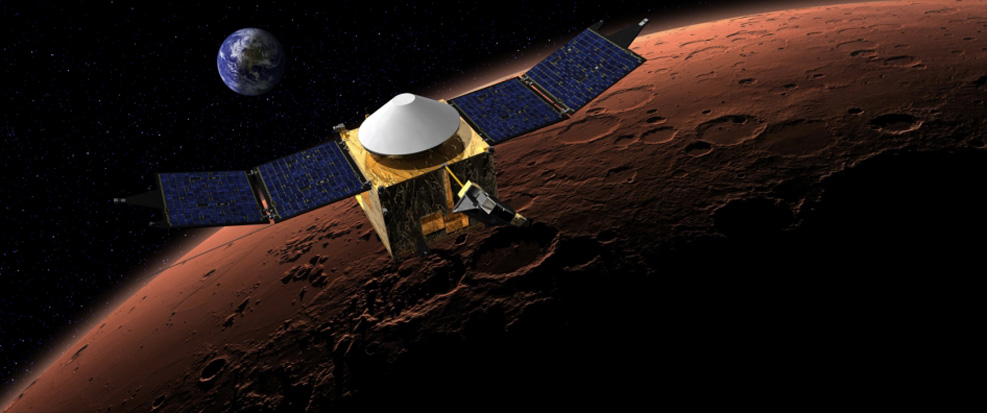
NASA's MAVEN mission — short for Mars Atmosphere and Volatile EvolutioN orbiter — is due to launch toward the Red Planet atop an Atlas 5 rocket at 1:28 p.m. EST (1828 GMT) on Monday (Nov. 18) from Florida's Cape Canaveral Air Force Station.
MAVEN will make detailed measurements of the Red Planet's atmosphere from orbit, helping scientists understand why and how Mars' climate has changed so dramatically over the last few billion years.
Here are 10 things to keep in mind about the MAVEN probe and its $671 million mission.
FIRST STOP: MAVEN is Big
MAVEN Is Big
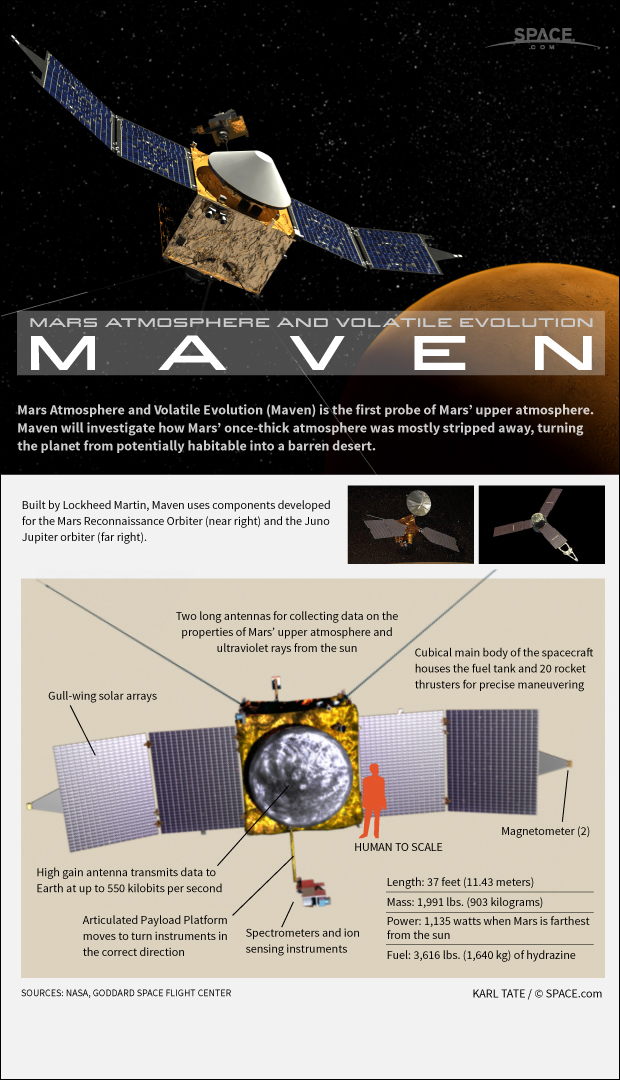
The solar-powered MAVEN spacecraft is pretty hefty. While the probe's body is a cube measuring 8 feet (2.4 meters) on a side, MAVEN spans a total of 37.5 feet (11.4 m) with its solar panels deployed, making the craft as long as a school bus.
And MAVEN weighs 5,410 pounds (2,454 kilograms) — as much as a fully loaded SUV. [How NASA's MAVEN Mars Orbiter Works (Infographic)]
NEXT: Long Road to Mars
Long Cruise to Mars
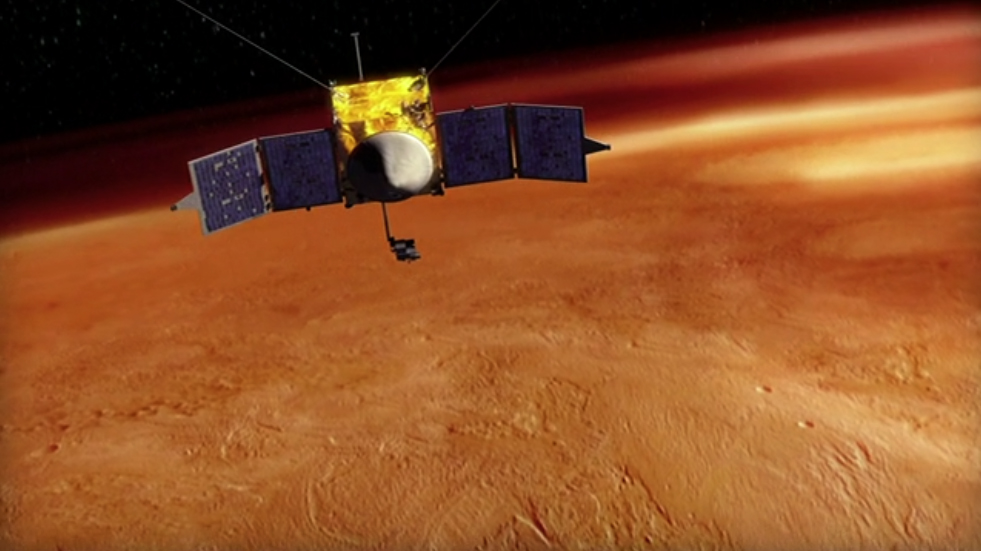
Monday's liftoff marks the beginning of a long cruise through space for MAVEN. If the probe gets off the pad as scheduled, it will reach Mars on Sept. 22, 2014.
This 10-month journey is significantly longer than the trek endured by the Mars rover Curiosity, the last Red Planet explorer NASA launched. Curiosity reached Mars on Aug. 5, 2012, about 8.5 months after blasting off from Cape Canaveral, Fla., on Nov. 26, 2011. [NASA's MAVEN Mission to Mars (Photos)]
NEXT: Elliptical Orbit
Elliptical Orbit
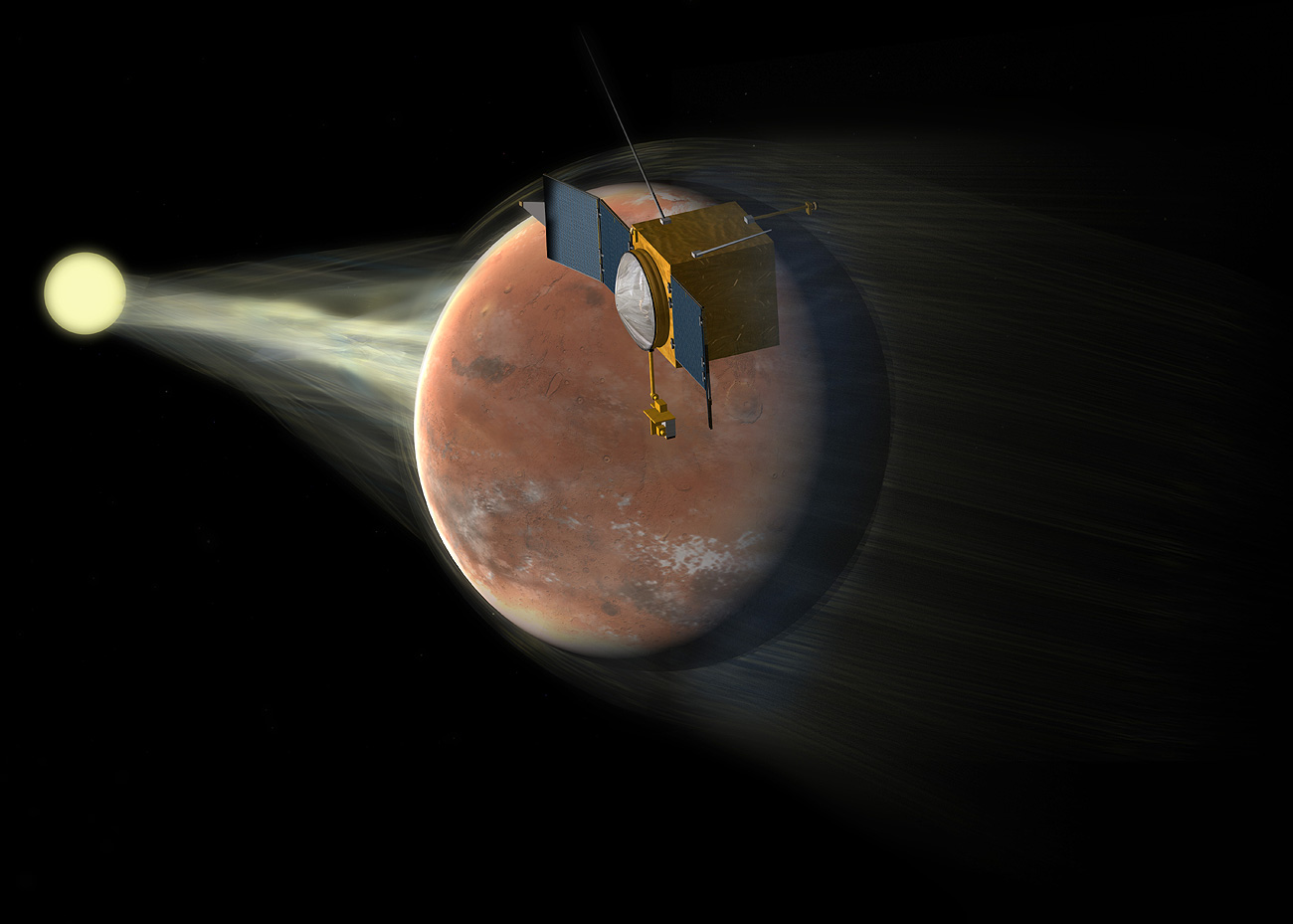
When MAVEN gets to Mars, the probe will insert into an elliptical orbit around the planet that brings it as close as 93 miles (150 kilometers) and reaches as far away as 3,728 miles (6,000 km).
In addition, MAVEN will make a handful of "deep dips" during the course of its mission, coming within 77 miles (124 km) of the Martian surface on five separate occasions. MAVEN will thus be able to sample the upper atmosphere of Mars directly and get a wider view of the entire planet from afar — a powerful combination, NASA officials say.
NEXT: A Martian Detective
Solving a Martian Mystery
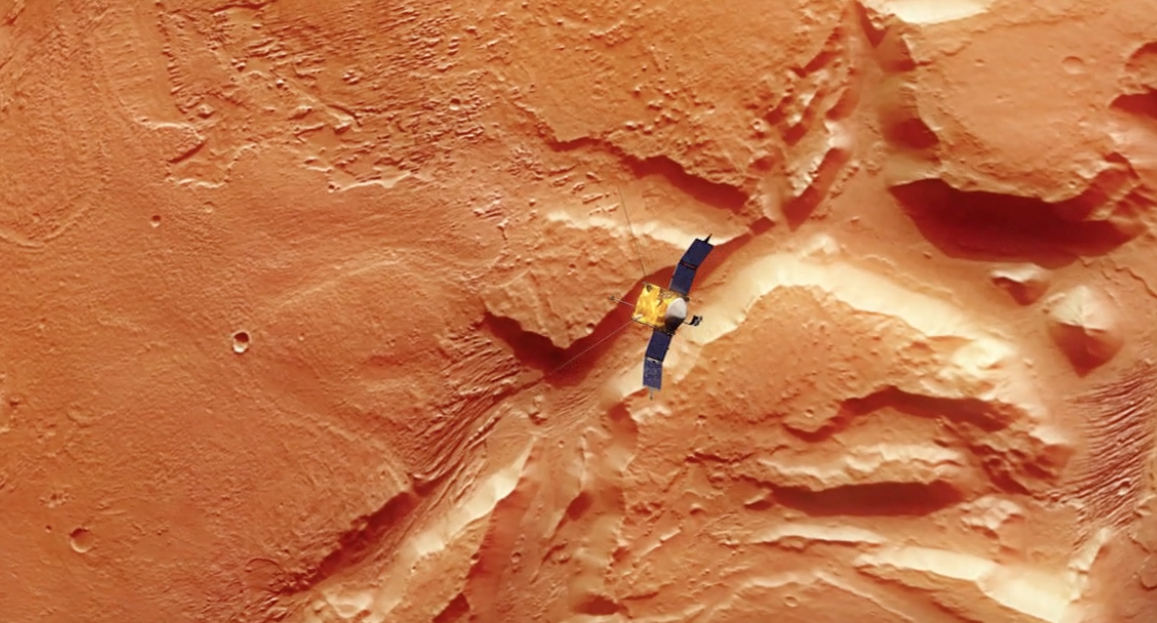
Mars was a potentially habitable planet billions of years ago, with a thick atmosphere and large amounts of liquid water flowing across its surface. But then something happened, and the Red Planet transitioned to the cold and dry world we know today, with an atmosphere just 1 percent as dense as that of Earth.
Scientists hope MAVEN helps them get a better handle on this dramatic shift. The mission aims to determine how and why much of the Martian atmosphere was lost to space, and what role this loss played in Red Planet climate change over the last four billion years.
MAVEN will use eight different science instruments to study Mars' upper atmosphere and the solar wind, the stream of charged particles flowing from the sun that is thought to have stripped away much of the water and other volatile compounds in the Red Planet's air.
NEXT: No Search for Life
Not a Mars Life Hunt

While MAVEN's observations should help researchers better understand the Red Planet's past and present habitability, the mission will not actively search for signs of life on Mars.
In fact, MAVEN is not equipped to sniff for methane, a gas that could be an indicator of extant life. (About 90 percent of Earth's methane is produced by living organisms.) MAVEN's budget could not support adding a methane-detection component, mission scientists have said. [The Search for Life on Mars (Photo Timeline)]
NEXT: A Communications Cog
Communications Link
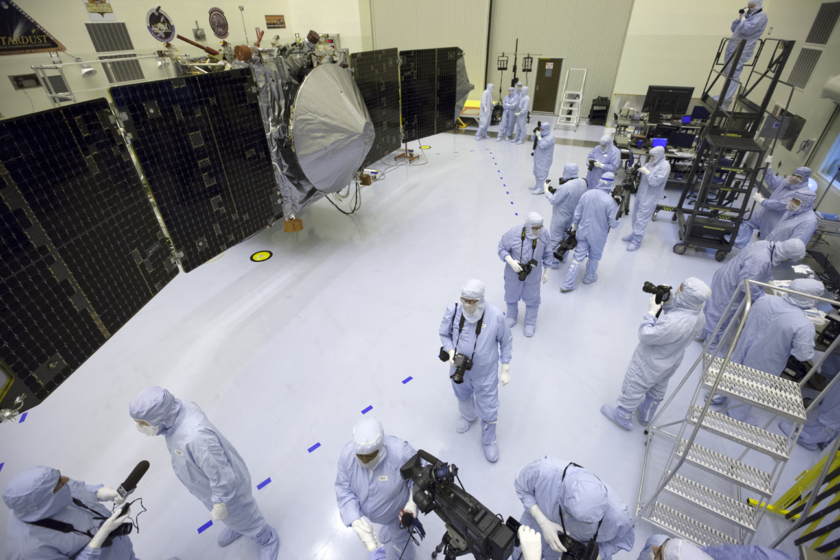
While NASA is most excited about the data MAVEN will gather, the spacecraft will also serve the space agency in another way — as a communications relay beween rovers on Mars and their handlers on Earth.
NASA currently has two rovers exploring the Red Planet's surface — the car-size Curiosity and its smaller cousin Opportunity, which landed in January 2004. MAVEN will augment data relay from the two robots, which is currently provided by two NASA orbiters — Mars Odyssey, which launched in 2001, and the Mars Reconnaissance Orbiter, (MRO), which blasted off in 2005.
NEXT: Government Shutdown Drama
Government Shutdown Drama
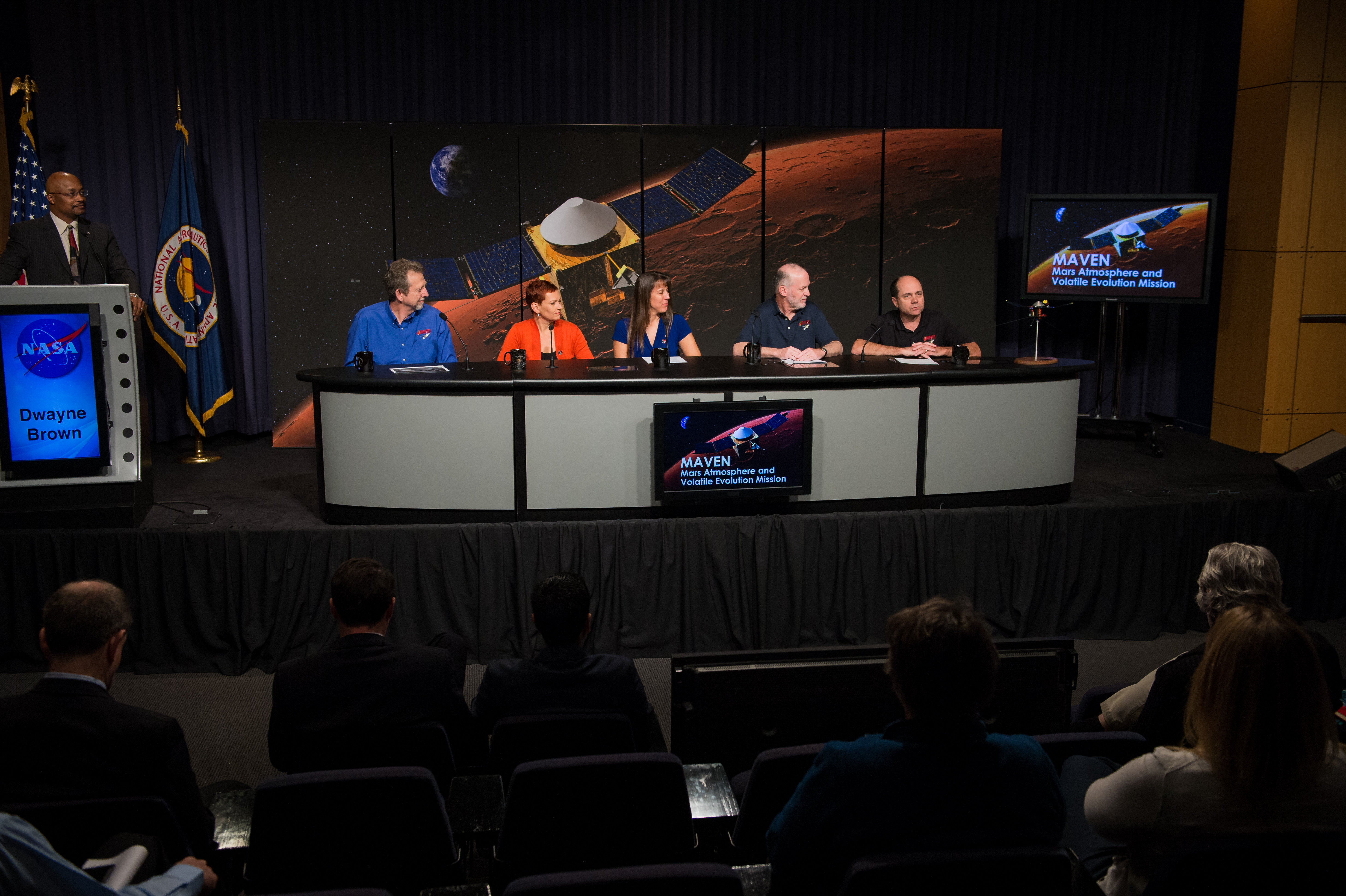
MAVEN's long road to the launch pad has been a bit bumpier than mission team members would have liked. Launch preparations were halted on Oct. 1 after the House and Senate failed to agree on an emergency spending bill, leading to the shutdown of the federal government.
This caused a bit of anxiety; if MAVEN misses its current launch window (which runs through Dec. 15), it would have to wait another 26 months for the next favorable alignment of Earth and Mars.
While the shutdown dragged on for more than two weeks, MAVEN's limbo lasted just two days. NASA — which had furloughed 97 percent of its employees and ceased most operations — granted the mission an emergency exception, chiefly because of its importance as a communications link. (The agency has no relay orbiters on the books beyond MAVEN.)
NEXT: Lucky Number 10!
Number 10

MAVEN will be the 10th orbiter that NASA has launched to the Red Planet, according to space agency officials. The first was Mariner 9 in 1971, and the most recent before MAVEN was MRO in 2005.
Most of these past missions have been successful, with a few notable exceptions. For example, the agency lost contact with its Mars Observer probe in August 1993, shortly before it was slated to enter orbit around the Red Planet. And the Mars Climate Observer was lost on arrival in September 1999, likely burning up in the planet's atmosphere. [Occupy Mars: Robotic Missions to the Red Planet (Infographic)]
NEXT: Mars Orbiter of the People
A Public Outreach Orbiter
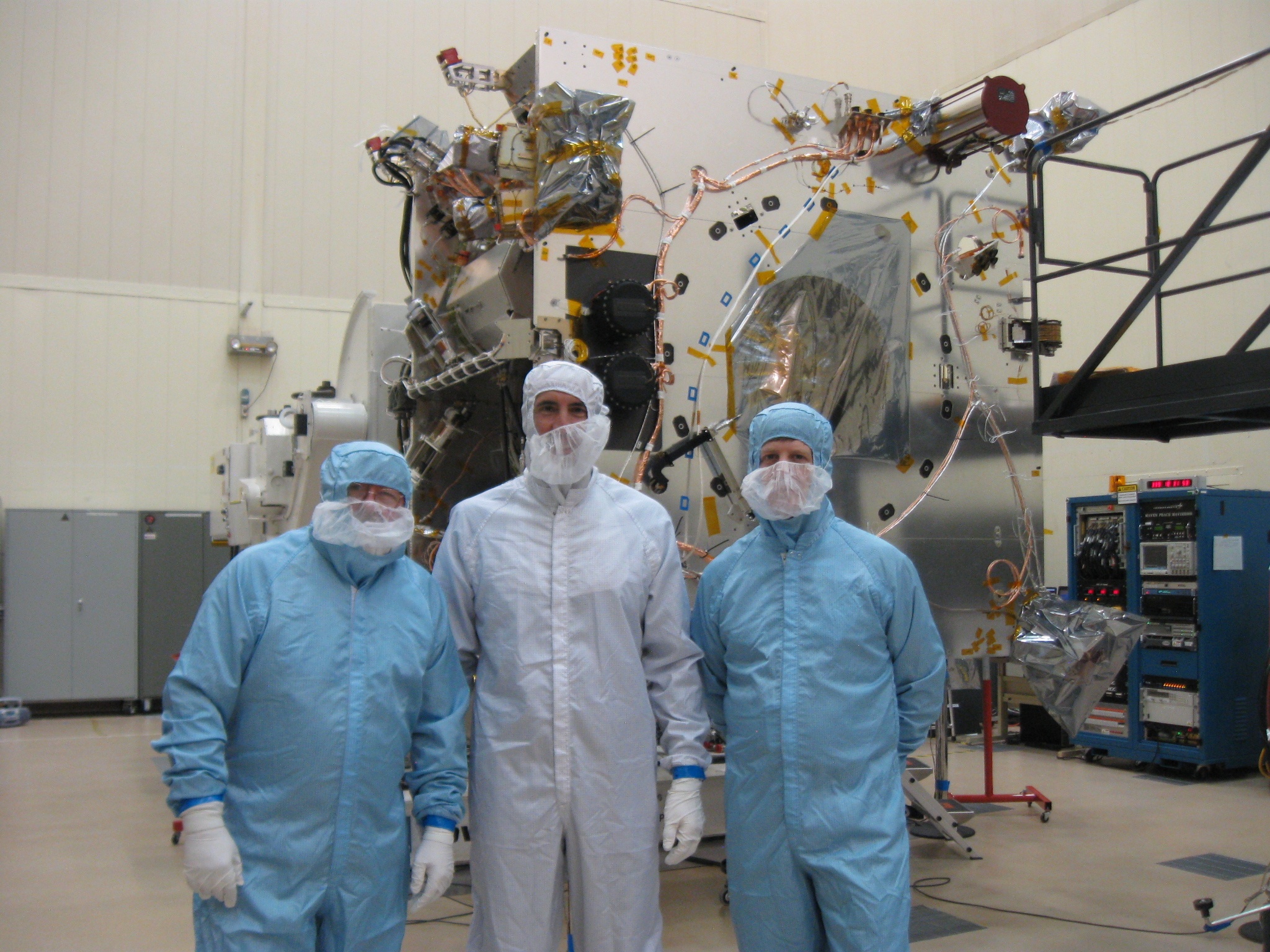
MAVEN officials have worked hard to get the public involved in the mission, mounting several different outreach campaigns.
For instance, people around the world submitted more than 12,500 haikus in response to a MAVEN contest. Any poem receiving more than two votes from the public made its way onto a DVD that's flying with the spacecraft to Mars.
Also going to the Red Planet in digital form are 377 pieces of student artwork submitted in response to another MAVEN competition. Five winners were selected during this contest, which tallied a total of more than 82,000 public votes, mission officials said.
NEXT: A Martian Tag Team with Curiosity
Teaming up with Curiosity
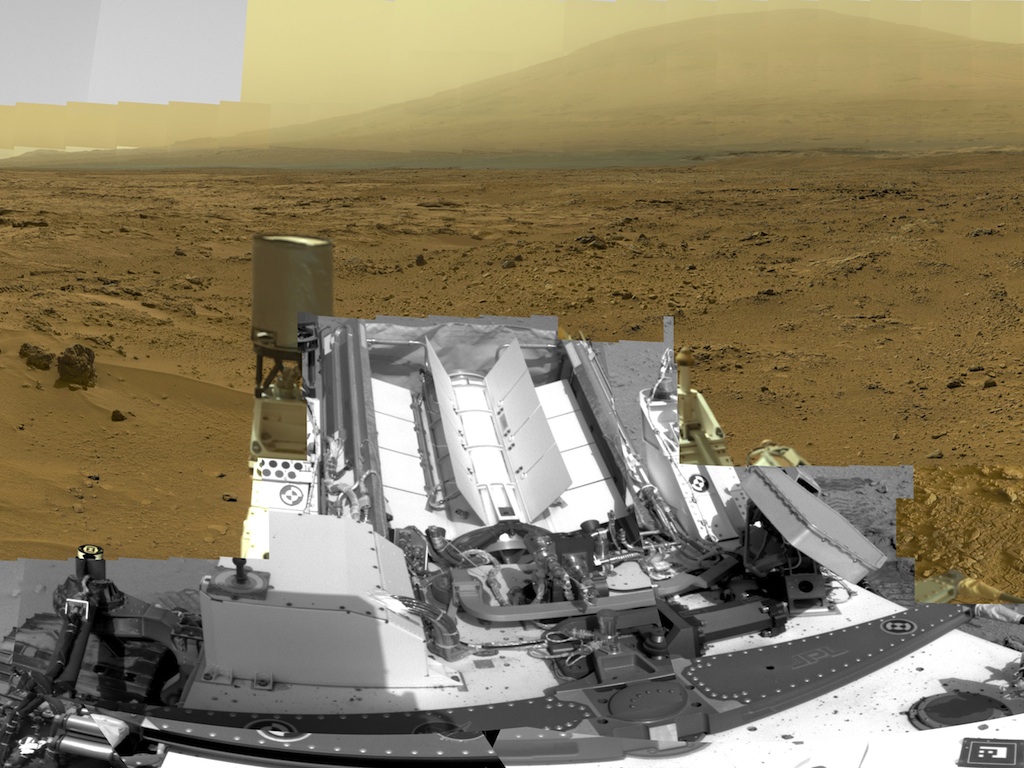
Teaming up with CuriosityMAVEN's work will dovetail nicely with that of Curiosity, which has already found evidence that Mars could have supported microbial life billions of years ago.
Curiosity is currently sampling the Martian atmosphere at ground level using its Sample Analysis at Mars instrument suite, or SAM. SAM's results should help guide the interpretation of MAVEN's findings many miles above, NASA officials have said.
Find the latest MAVEN news, photos and videos on SPACE.com.
More Reading:
The Boldest Mars Missions in History
How Did Mars Lose Its Atmosphere? MAVEN Aims To Find Out | Video
Mars Myths & Misconceptions: Quiz
Follow Mike Wall on Twitter @michaeldwall and Twitter Google+. Follow us @Spacedotcom, Facebook or >, Google+.
Join our Space Forums to keep talking space on the latest missions, night sky and more! And if you have a news tip, correction or comment, let us know at: community@space.com.
Get the Space.com Newsletter
Breaking space news, the latest updates on rocket launches, skywatching events and more!

Michael Wall is a Senior Space Writer with Space.com and joined the team in 2010. He primarily covers exoplanets, spaceflight and military space, but has been known to dabble in the space art beat. His book about the search for alien life, "Out There," was published on Nov. 13, 2018. Before becoming a science writer, Michael worked as a herpetologist and wildlife biologist. He has a Ph.D. in evolutionary biology from the University of Sydney, Australia, a bachelor's degree from the University of Arizona, and a graduate certificate in science writing from the University of California, Santa Cruz. To find out what his latest project is, you can follow Michael on Twitter.
